15 Actors Who Were Fired Mid-Production
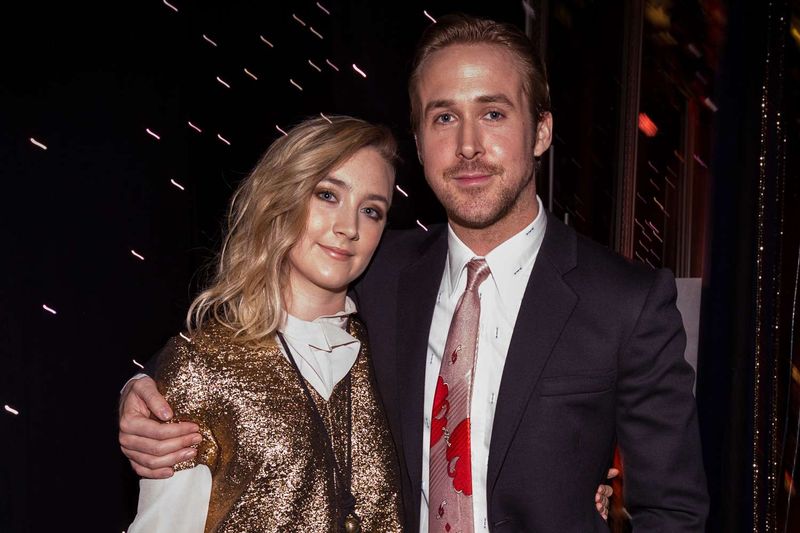
Firing an actor mid-production is a dramatic and costly decision, yet it happens more often than one might expect in the film industry. This tumultuous process not only reshapes the project but also impacts the careers of those involved. From creative differences to personal controversies, the reasons behind these high-profile firings are as varied as the films themselves. This list explores the stories of 15 actors who faced this unfortunate fate. Each case offers a unique glimpse into the challenges and chaos that can unfold behind the scenes, proving that even in the world of make-believe, reality can be quite unpredictable.
1. Kevin Spacey – All the Money in the World
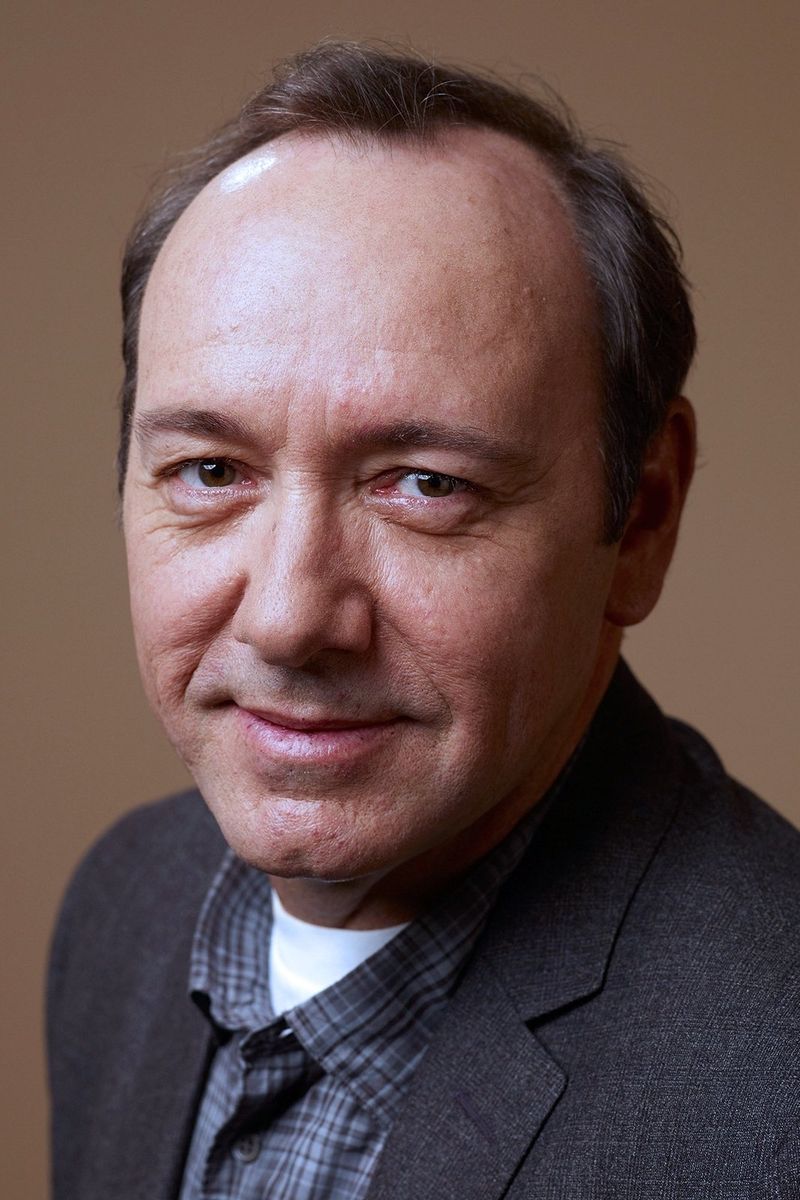
Kevin Spacey was once an in-demand actor, renowned for his compelling performances. However, during the production of “All the Money in the World,” his career took a dramatic nosedive. Accusations of misconduct surfaced, leading to his abrupt dismissal from the film. In a bold move, director Ridley Scott decided to replace Spacey with Christopher Plummer.
This required reshooting all of Spacey’s scenes, a decision that was met with both praise for its swiftness and criticism for its expense. Plummer’s portrayal was widely acclaimed, earning him an Oscar nomination. Spacey’s firing remains one of Hollywood’s most publicized mid-production changes.
2. James Remar – Aliens
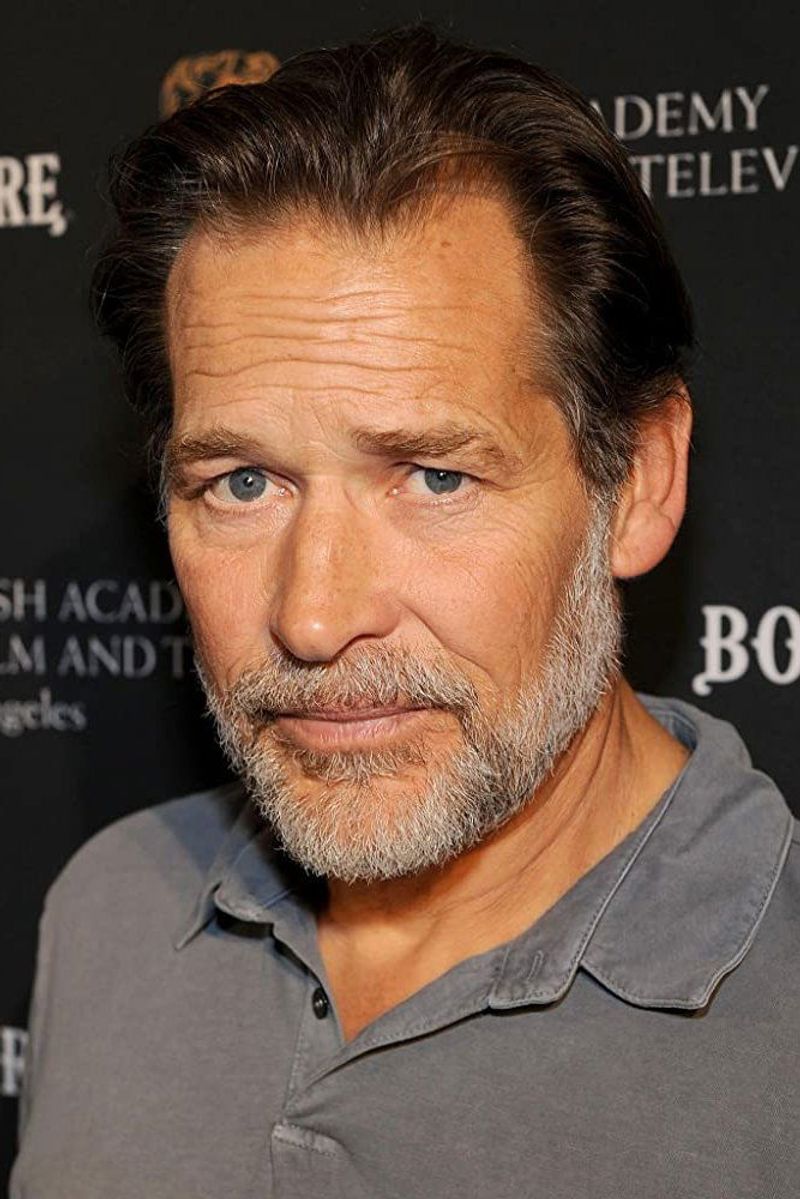
James Remar was originally cast as Corporal Hicks in the iconic film “Aliens,” directed by James Cameron. Yet, his journey with the film was short-lived. Early into filming, Remar found himself in conflict with the production team, leading to his departure.
Michael Biehn was swiftly cast as his replacement, a role that would become one of his most memorable performances. Remar’s exit from “Aliens” remains a topic of intrigue among fans. Despite the setback, Remar’s career continued, showcasing his resilience and adaptability in the competitive world of Hollywood.
3. Harvey Keitel – Apocalypse Now
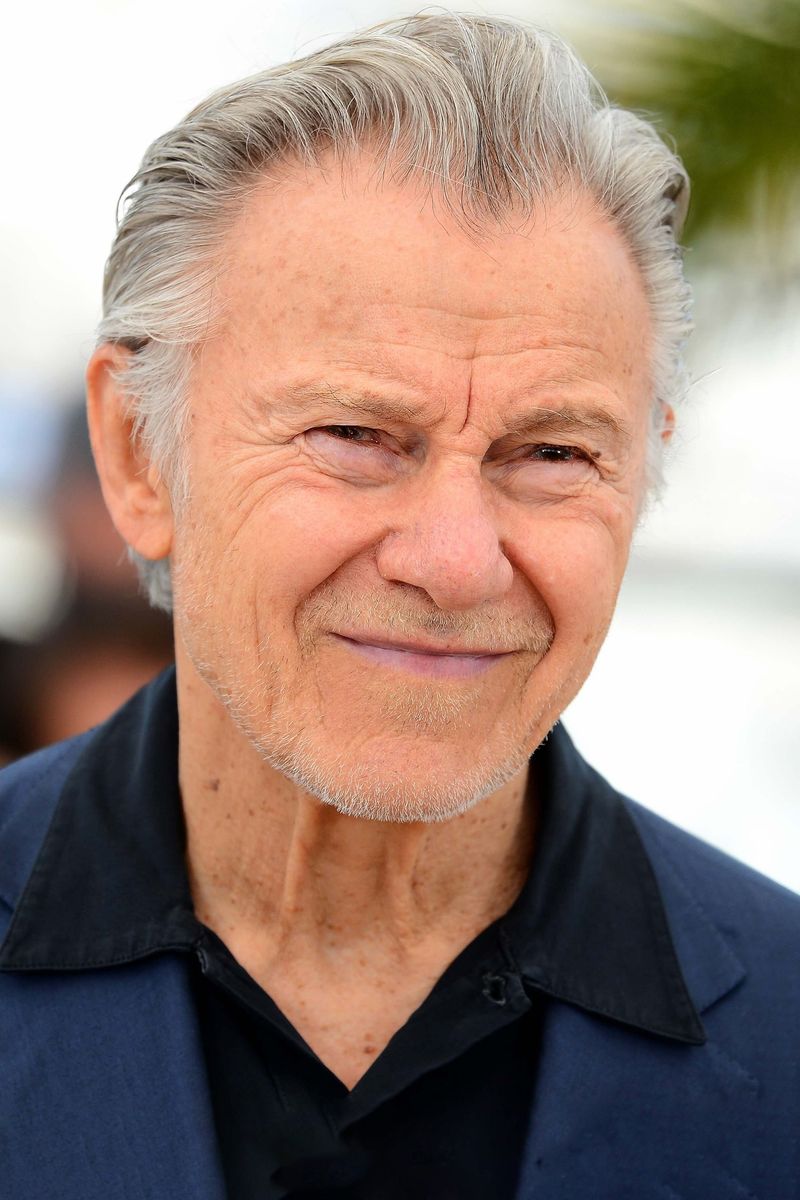
Renowned actor Harvey Keitel’s involvement in “Apocalypse Now” was brief yet memorable. He was initially cast as Captain Willard, tasked with a perilous mission during the Vietnam War. However, after only a few weeks of shooting, director Francis Ford Coppola decided to replace him with Martin Sheen.
The decision was attributed to creative differences and a need for a different portrayal of the character. Despite the setback, Keitel went on to have a successful career. “Apocalypse Now” became an epic film, yet Keitel’s short stint is still a notable chapter in its storied production history.
4. Stuart Townsend – The Lord of the Rings
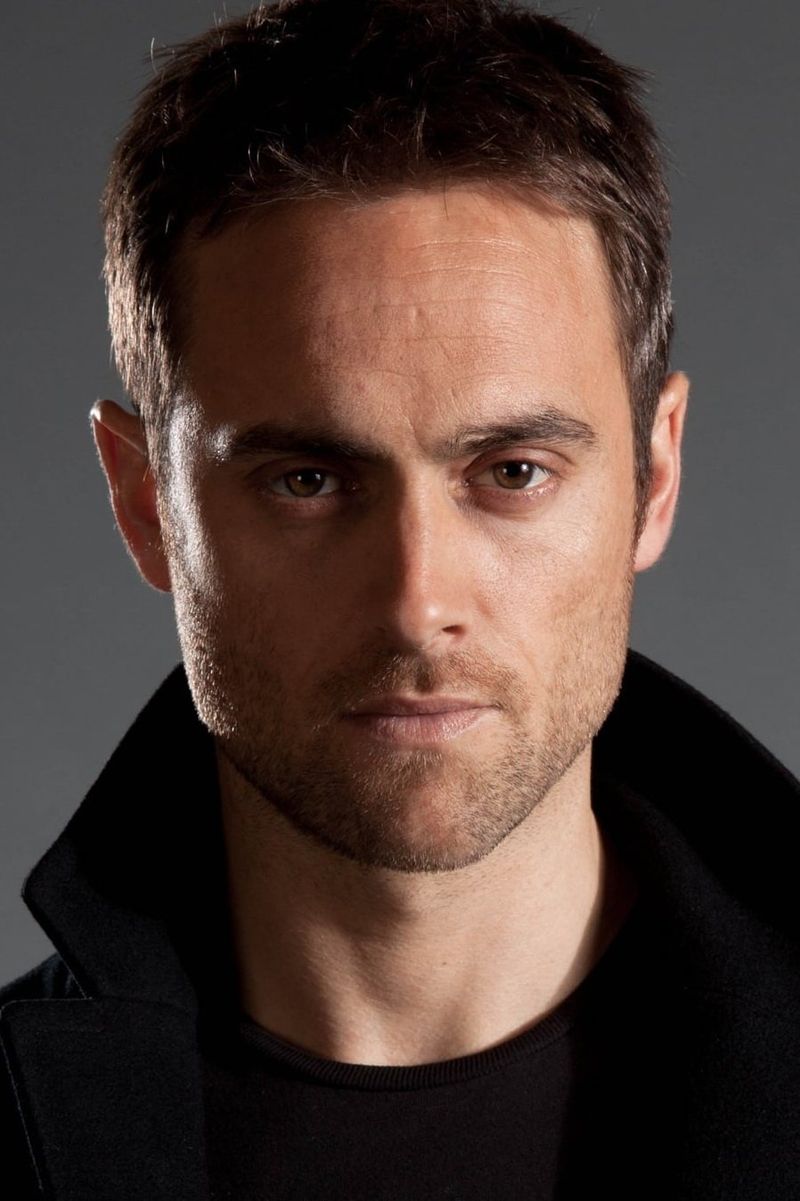
Stuart Townsend was initially cast as Aragorn in Peter Jackson’s ambitious adaptation of “The Lord of the Rings.” His involvement with the project was cut short just days into production. Townsend was replaced by Viggo Mortensen, whose portrayal of Aragorn became iconic. The decision to recast was attributed to the need for an actor with a different presence and maturity for the role.
Townsend’s departure from such a high-profile project was a challenging moment, but it didn’t deter his career. The “Lord of the Rings” films went on to achieve monumental success, with Mortensen’s performance as a cornerstone.
5. Samantha Morton – Her
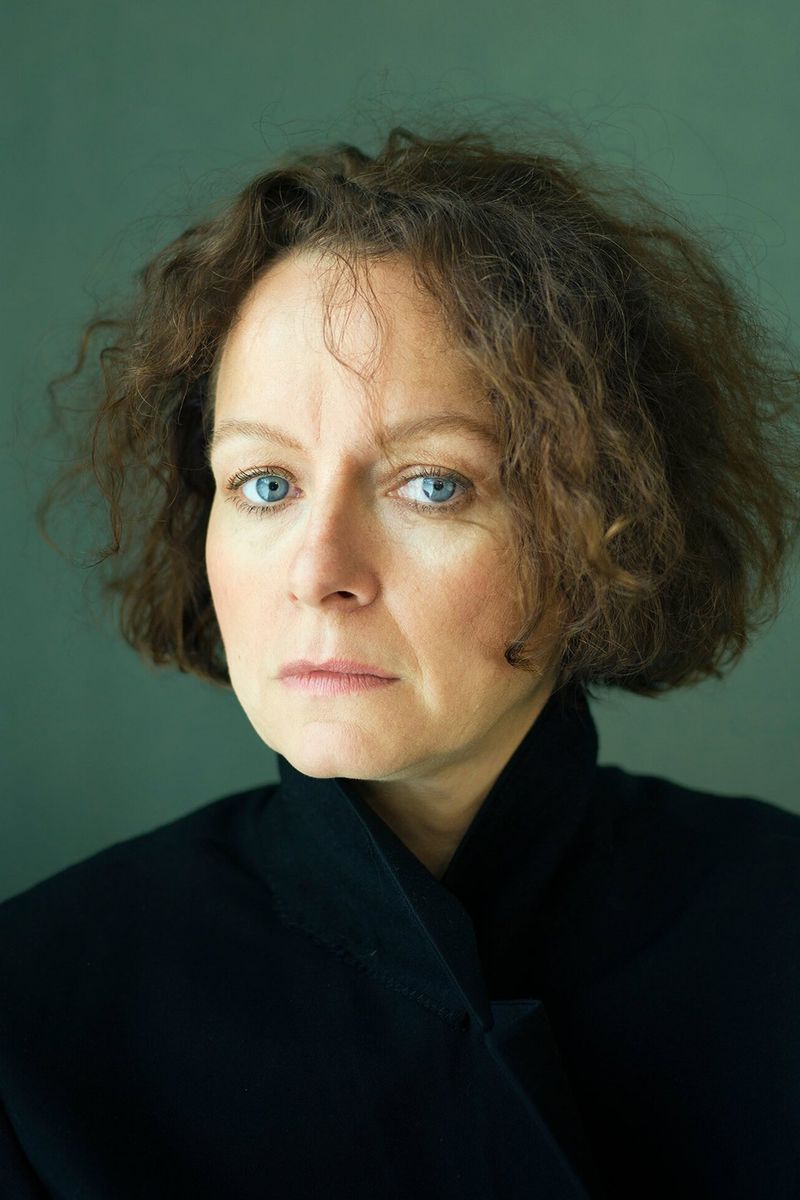
Samantha Morton was originally the voice behind the AI in Spike Jonze’s film “Her.” She recorded her lines during production, embodying the character with her unique vocal approach. However, during post-production, it was decided that the character needed a different voice to better fit the film’s tone. Scarlett Johansson was brought in to re-record all of the AI’s dialogue.
This surprising change added a new dimension to the film, contributing to its critical success. Morton’s departure from “Her” highlights the fluid nature of filmmaking, where even completed work can be subject to change.
6. Eric Stoltz – Back to the Future
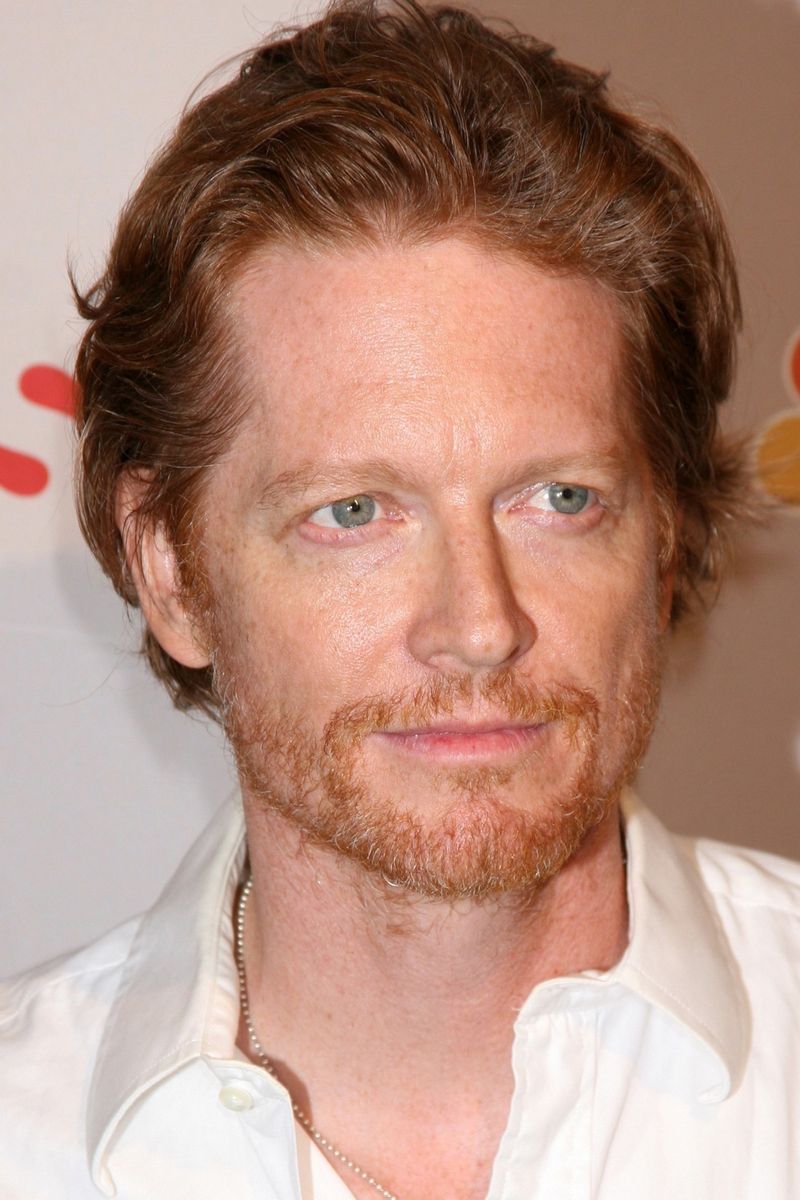
Eric Stoltz was the original choice for the now-iconic role of Marty McFly in “Back to the Future.” He filmed several weeks’ worth of scenes, approaching the character with a more serious tone. However, the filmmakers sought a different energy that Stoltz’s portrayal didn’t provide. Michael J. Fox was then cast, requiring many scenes to be reshot.
Fox’s portrayal brought the charm and humor needed, leading to the film’s immense success. Stoltz’s experience is a poignant reminder of the often-unpredictable nature of casting decisions and their significant impact on a film’s tone and reception.
7. Julianne Moore – Can You Ever Forgive Me?
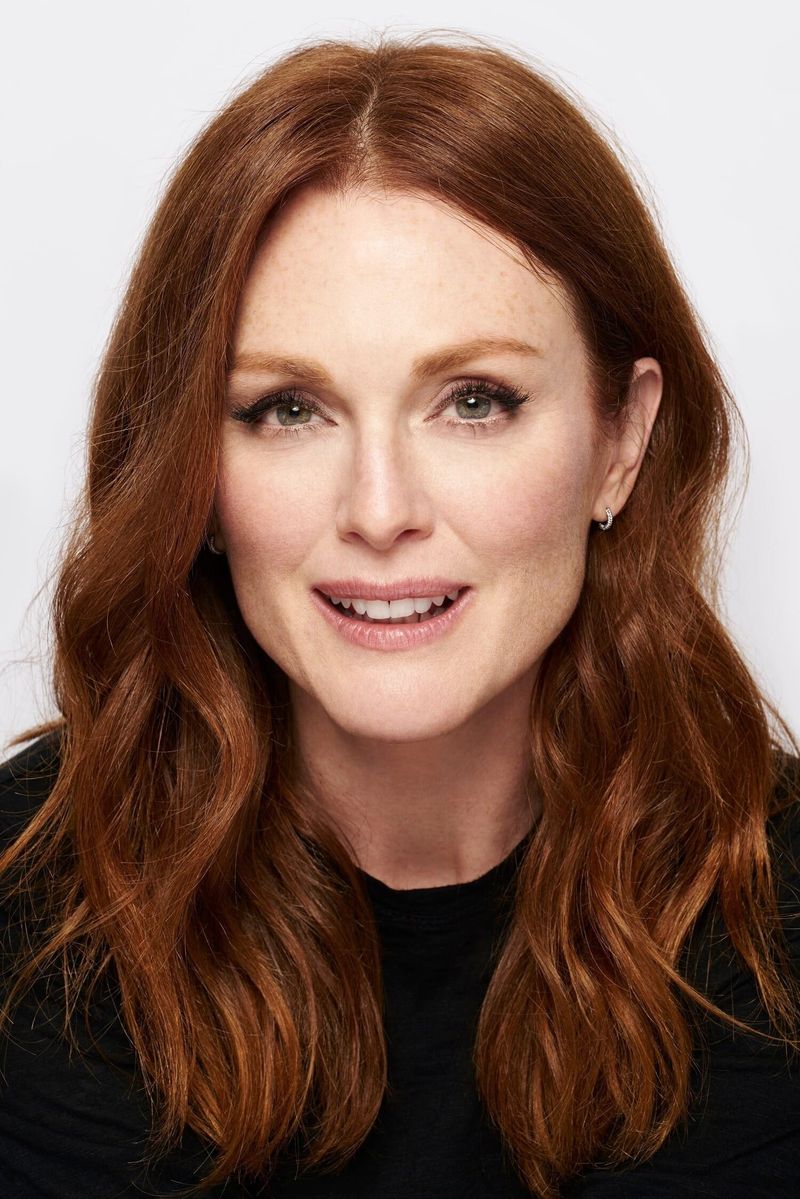
Julianne Moore was initially slated to star in “Can You Ever Forgive Me?,” a film about the literary forger Lee Israel. However, creative differences emerged between Moore and the production team, leading to her departure.
Melissa McCarthy took over the role, delivering a performance that received widespread acclaim and an Academy Award nomination. Moore’s exit, while unexpected, did not impact the film’s eventual success. Instead, it highlighted the adaptability and resilience required in the acting profession, where changes can lead to new opportunities and unexpected triumphs.
8. Colin Firth – Paddington
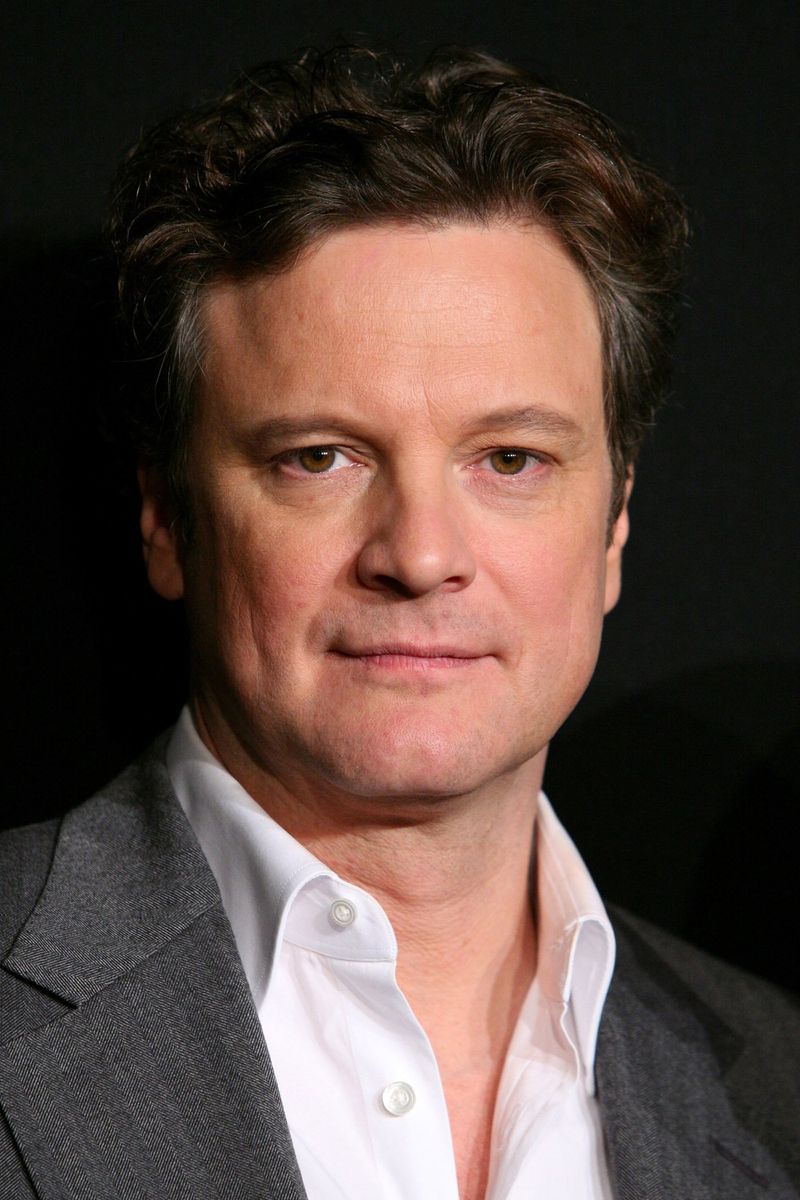
Colin Firth was originally the voice of the beloved Paddington Bear in the film adaptation of the classic children’s story. Nevertheless, as the film progressed through its editing phase, it became evident that Firth’s voice did not align with the character’s youthful and playful nature.
Ben Whishaw was brought in to provide a new voice for Paddington, which resonated more with the filmmakers’ vision. This change underscored the importance of aligning voice and character in animated projects. Firth’s gracious acceptance of the change exemplifies professionalism in the face of creative direction shifts.
9. Jean-Claude Van Damme – Predator
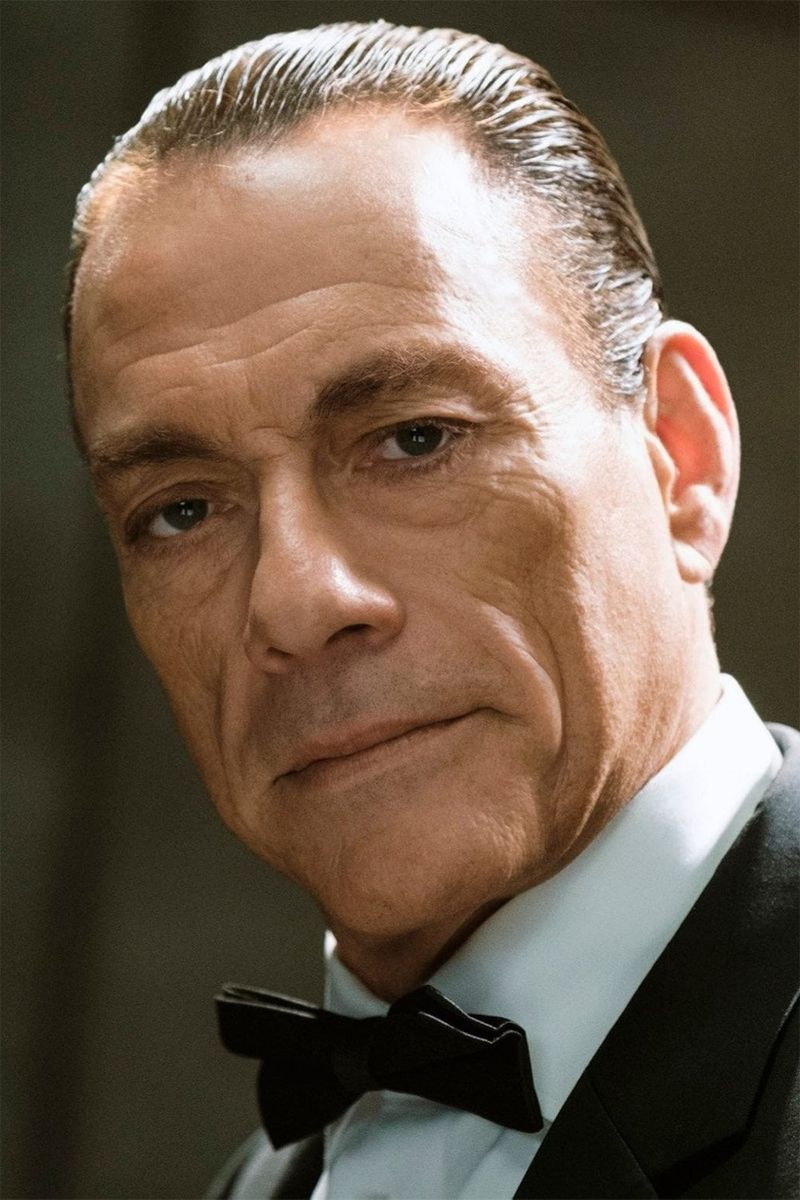
Jean-Claude Van Damme was initially cast as the alien creature in “Predator,” a role that required physical prowess and endurance. However, his tenure in the film was short-lived due to disagreements over the role’s expectations and conditions.
Van Damme’s departure led to Kevin Peter Hall taking over, whose towering presence proved more fitting for the intimidating alien. The switch was pivotal, contributing to “Predator’s” success as a thrilling action movie. Van Damme’s early involvement remains a fascinating footnote in the film’s production history, illustrating the complexities of casting creatures in cinema.
10. Megan Fox – Transformers: Dark of the Moon
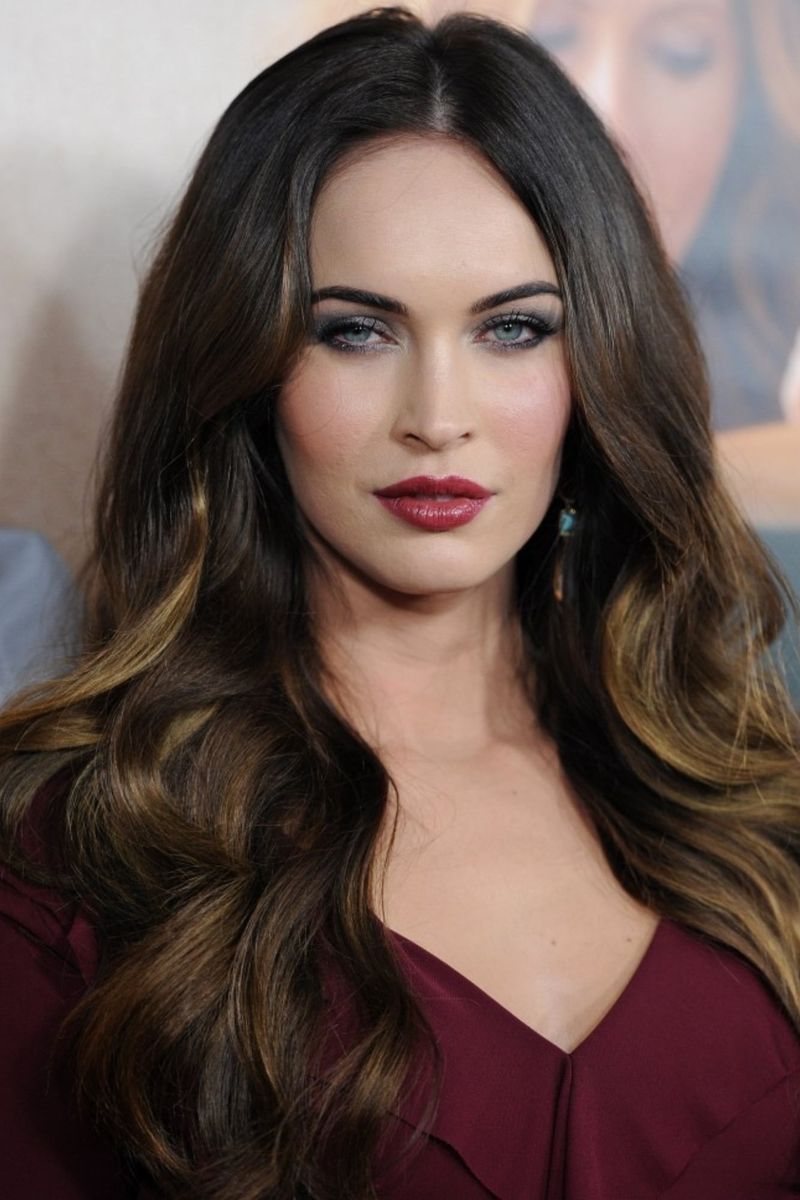
Megan Fox was a prominent face in the “Transformers” franchise, recognized for her role as Mikaela Banes. Yet, during the lead-up to “Transformers: Dark of the Moon,” Fox made headlines for her comments about director Michael Bay.
These remarks led to her being dropped from the film. Rosie Huntington-Whiteley was brought on to replace her, marking a significant shift in the franchise’s dynamic. Fox’s departure was a turning point, both for her career and the series, illustrating the impact of public statements in Hollywood’s high-stakes environment.
11. Terrence Howard – Iron Man 2
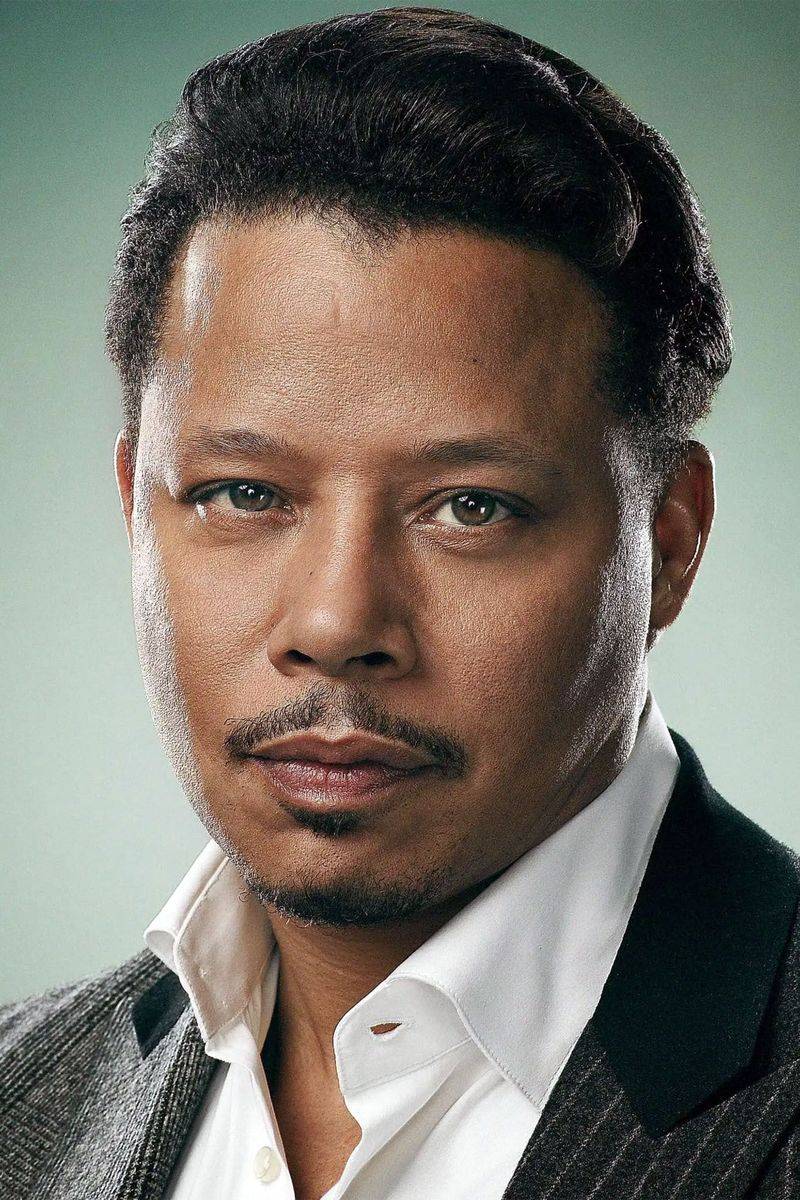
Terrence Howard originally played James “Rhodey” Rhodes in the Marvel blockbuster “Iron Man.” However, contract negotiations for the sequel, “Iron Man 2,” hit a standstill. Disagreements over pay led to Howard’s replacement by Don Cheadle, who brought a fresh interpretation to the role.
This recasting was significant within the Marvel Cinematic Universe, as Cheadle continued to portray Rhodey in subsequent films. Howard’s departure underscores the complexities of contract negotiations in Hollywood, where financial disputes can lead to unexpected changes in a film’s ensemble cast.
12. Dougray Scott – X-Men
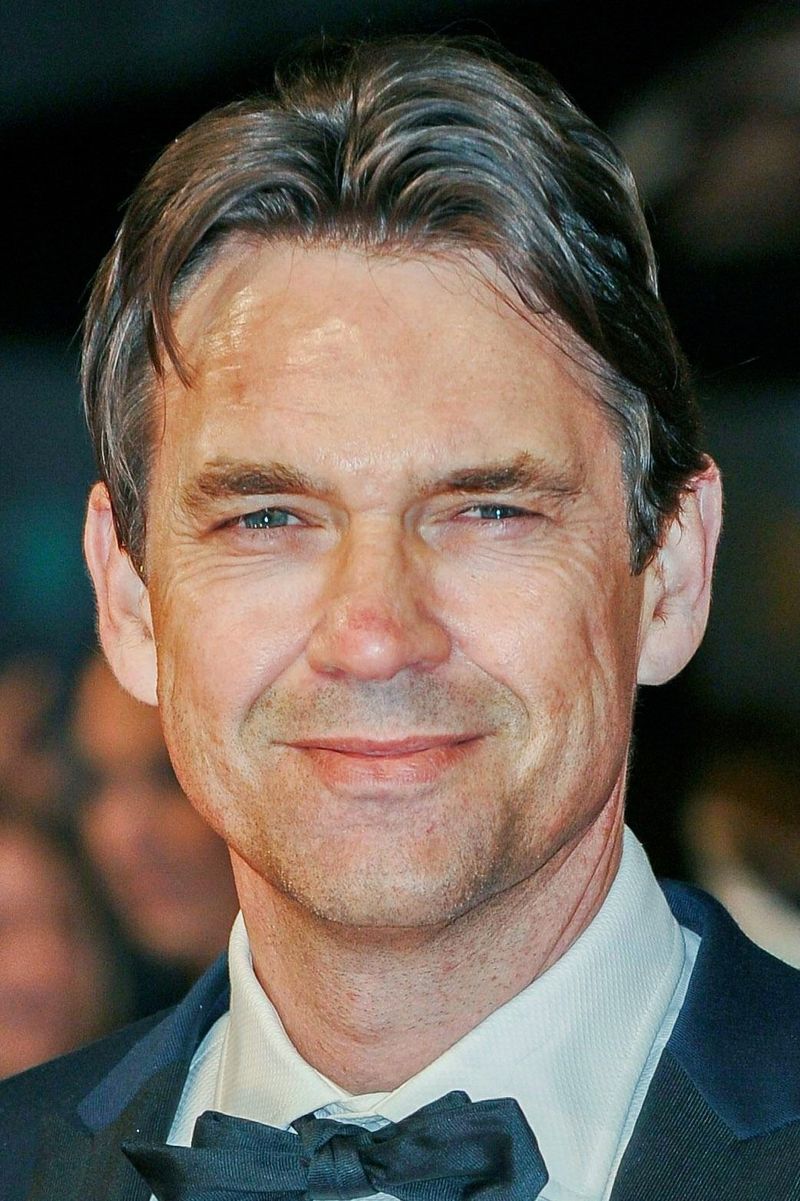
Dougray Scott was the original choice to play Wolverine in Bryan Singer’s “X-Men.” Yet, unforeseen scheduling conflicts with another project led to Scott’s withdrawal. Hugh Jackman was cast in his place, a decision that would prove pivotal for the franchise.
Jackman’s portrayal of Wolverine became iconic, spanning numerous films and earning him a devoted fanbase. Scott’s departure is a testament to the unpredictable nature of film scheduling, where timing can alter the course of careers. Despite the setback, Scott continued to find success in other roles.
13. Ryan Gosling – The Lovely Bones
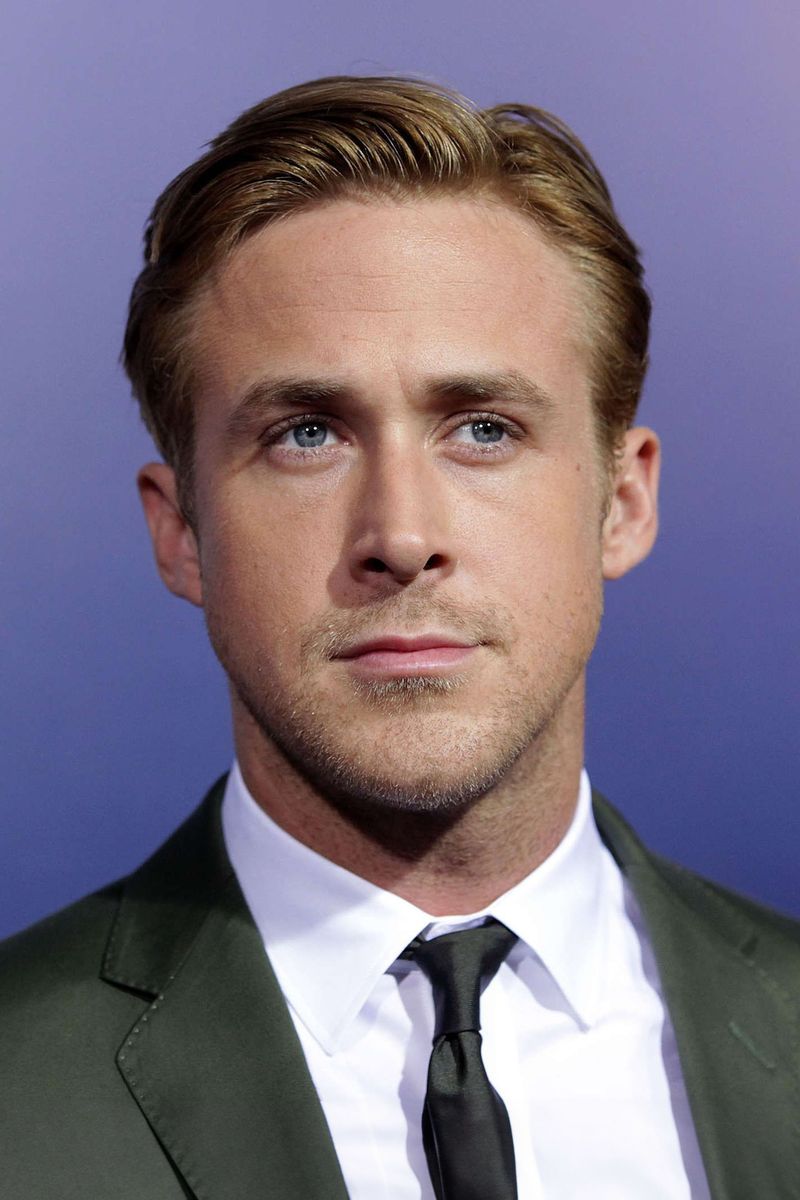
Ryan Gosling was cast in “The Lovely Bones,” a film adaptation of Alice Sebold’s novel, envisioning a transformative role. Gosling took an unusual approach, gaining weight to match his character’s vision. However, this physical transformation was not in line with the director’s expectations, leading to his replacement by Mark Wahlberg.
Gosling’s departure highlights the delicate balance between actor preparation and director vision. Despite the setback, Gosling’s career flourished, showcasing his versatility and commitment to his craft. “The Lovely Bones” went on to achieve success with Wahlberg in the pivotal role.
14. Annette Bening – Batman Returns
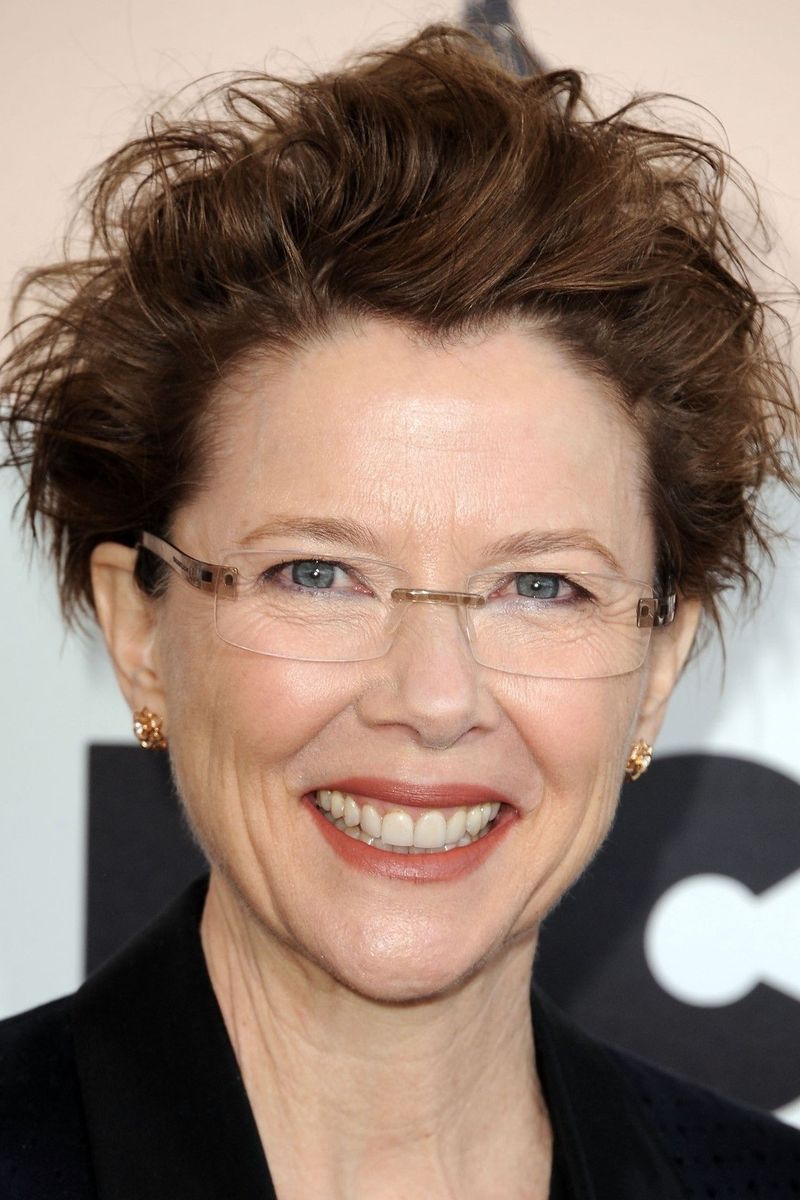
Annette Bening was set to bring her talent to “Batman Returns” as the iconic Catwoman. However, partway through preparations, she discovered she was pregnant, a development that necessitated her departure.
Michelle Pfeiffer stepped into the role, delivering a memorable performance that captivated audiences. Bening’s exit from the project was a setback, yet it underscored her commitment to personal priorities. Despite missing out on this opportunity, her career continued to thrive, proving that personal decisions need not hinder professional success.
15. Judy Garland – Valley of the Dolls
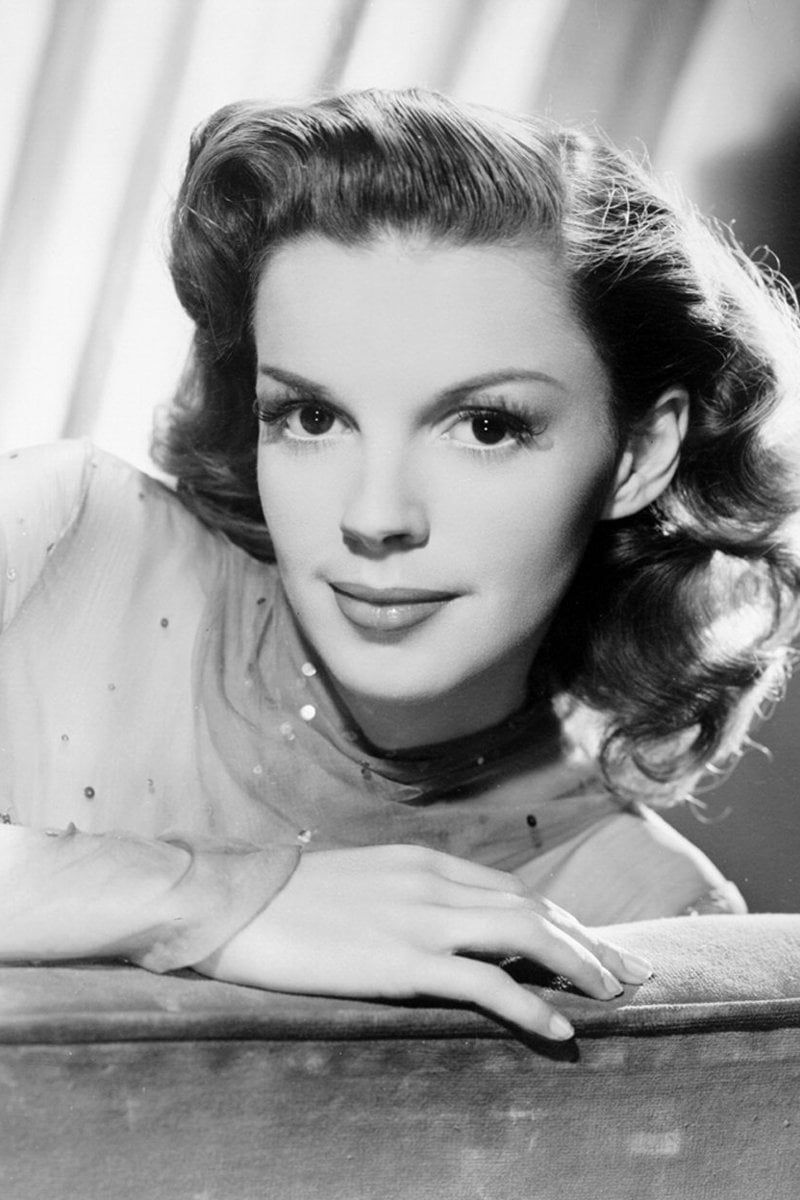
Judy Garland, a legendary figure in Hollywood, was initially cast in “Valley of the Dolls,” a film poised to capture the tumultuous lives of its characters. However, personal struggles soon surfaced, affecting her ability to remain with the production.
Garland’s departure led to her replacement by Susan Hayward. The switch was a significant moment in the film’s production, marking the end of Garland’s involvement in major studio cinema. Despite the challenges faced, Garland’s legacy continues to inspire, with her early exit from “Valley of the Dolls” remaining a poignant chapter in her storied career.

Comments
Loading…